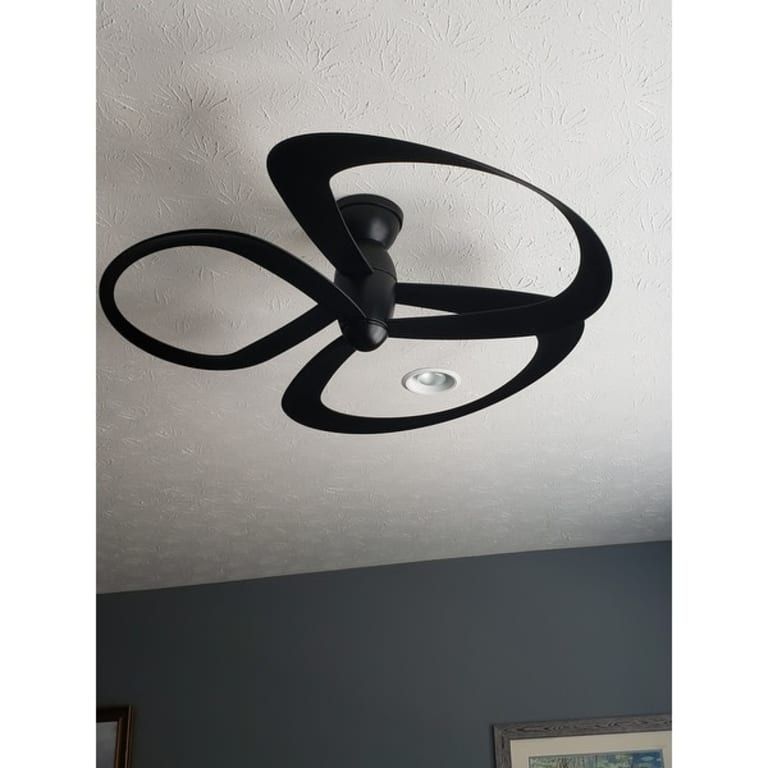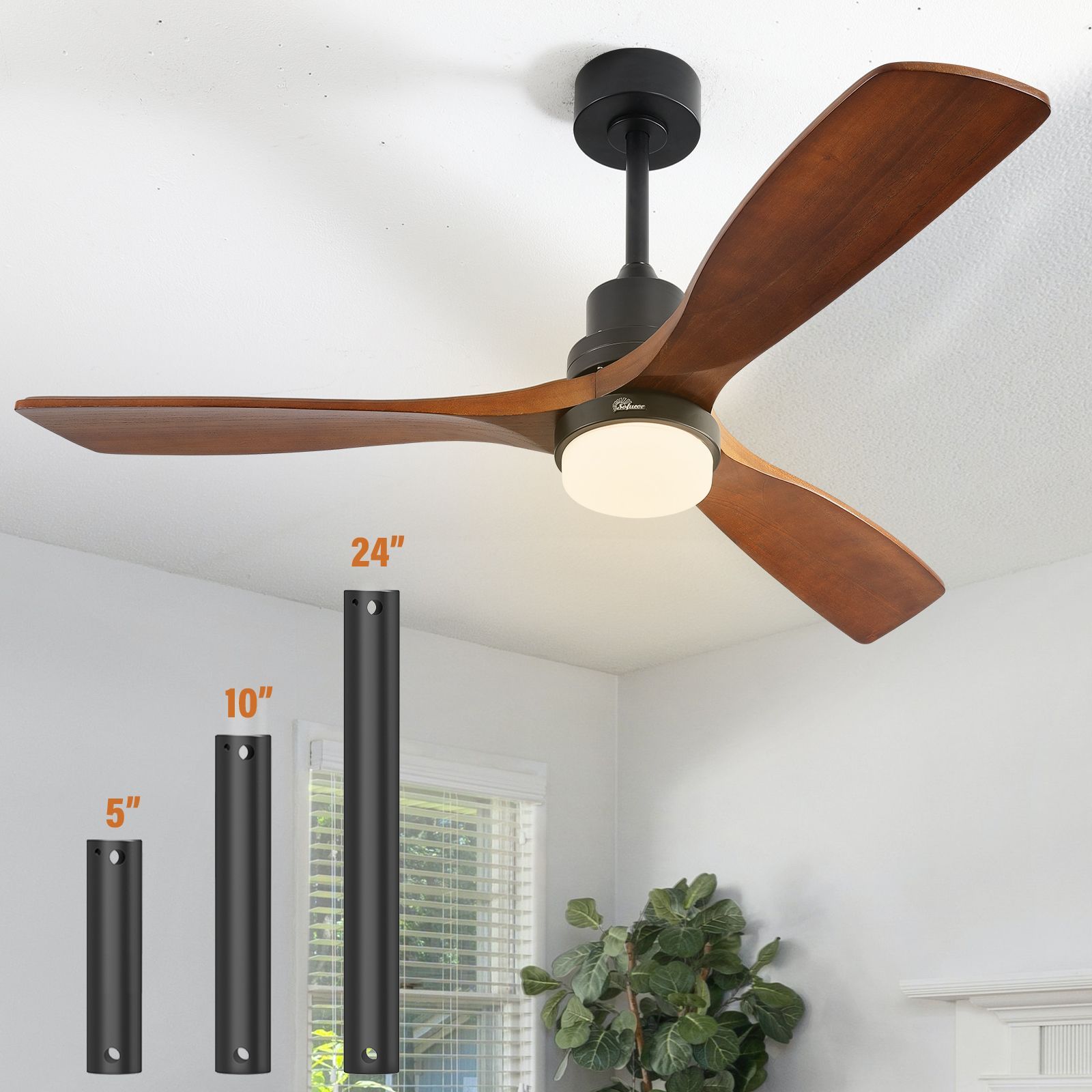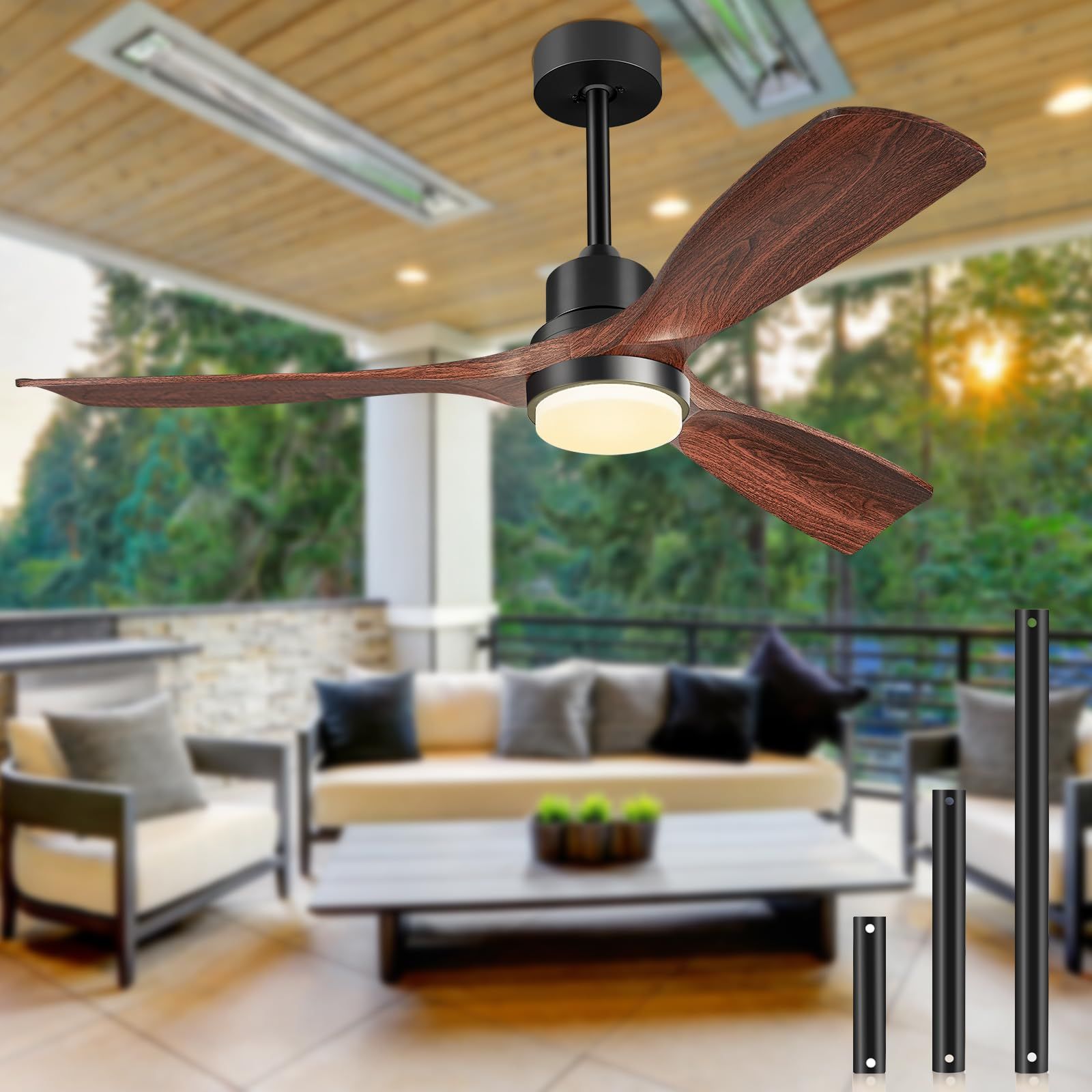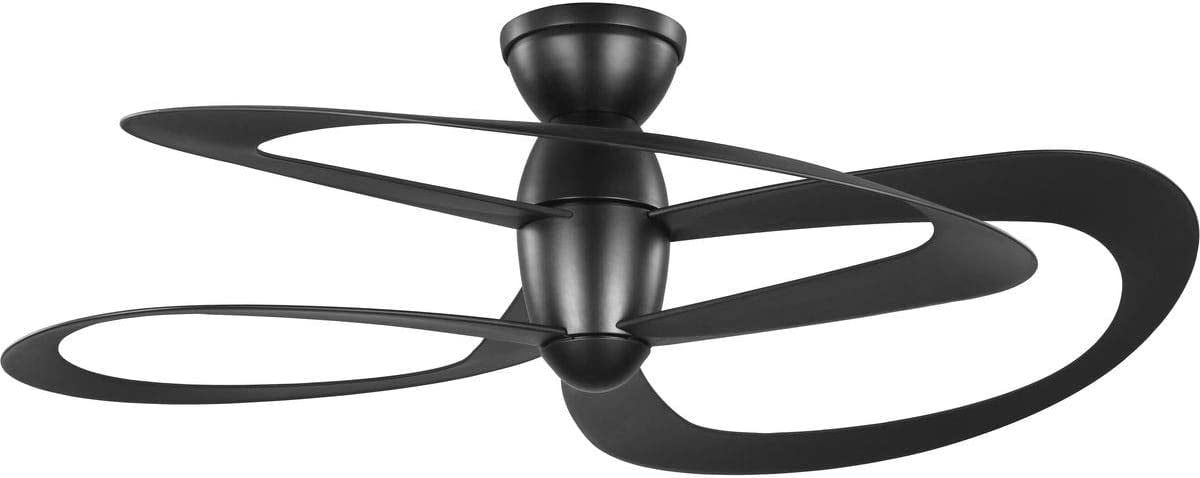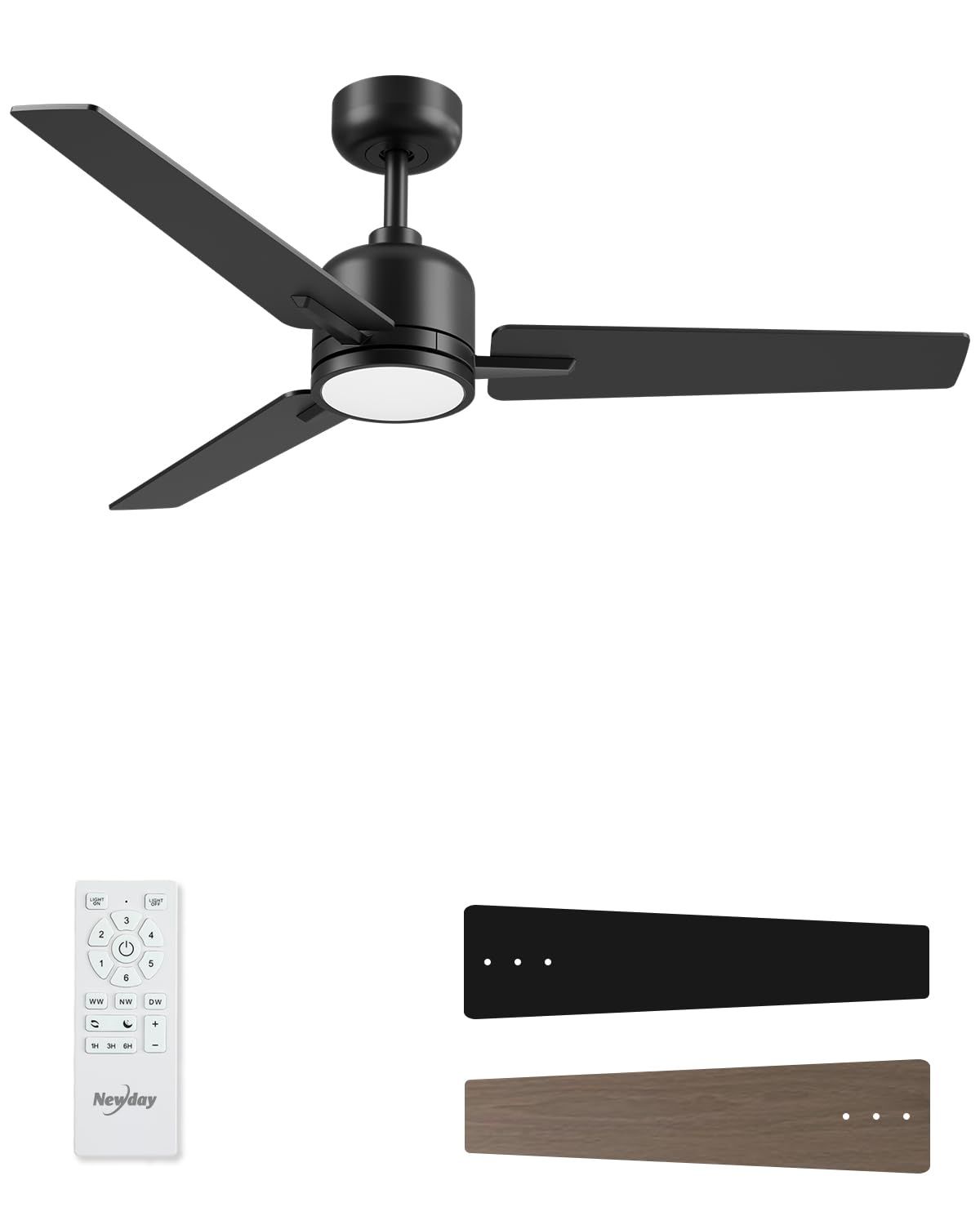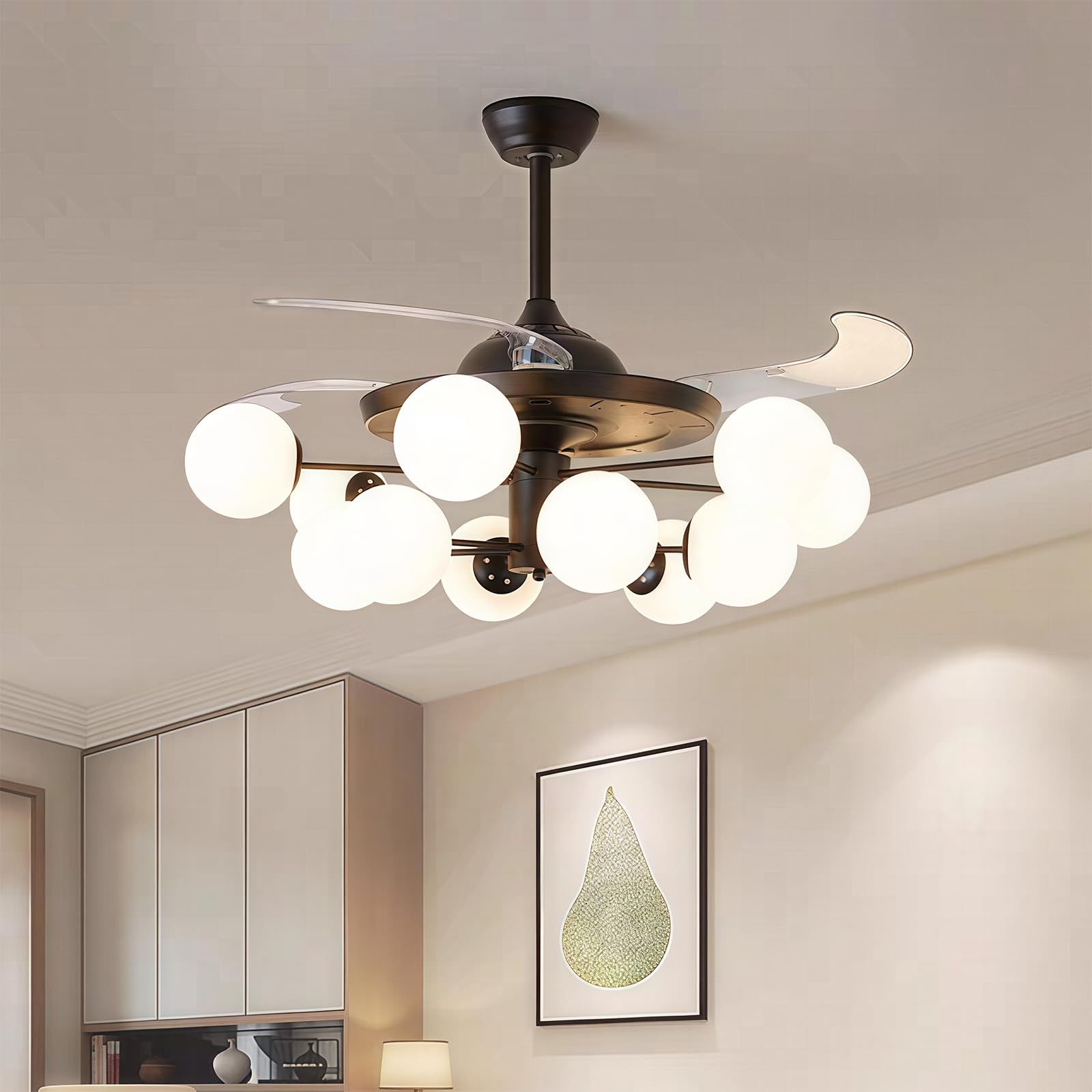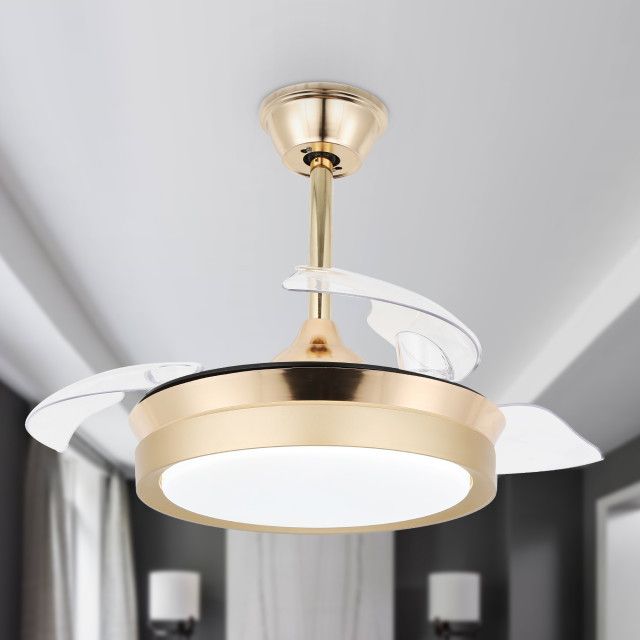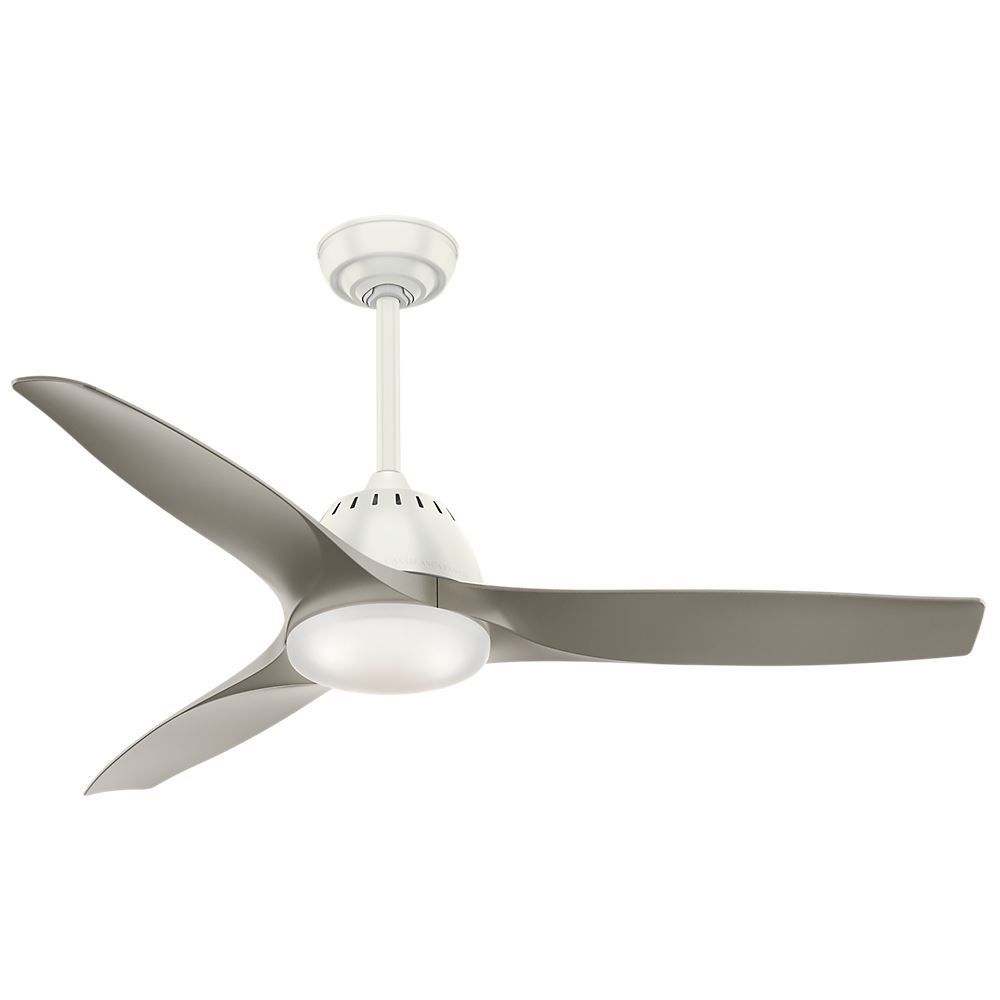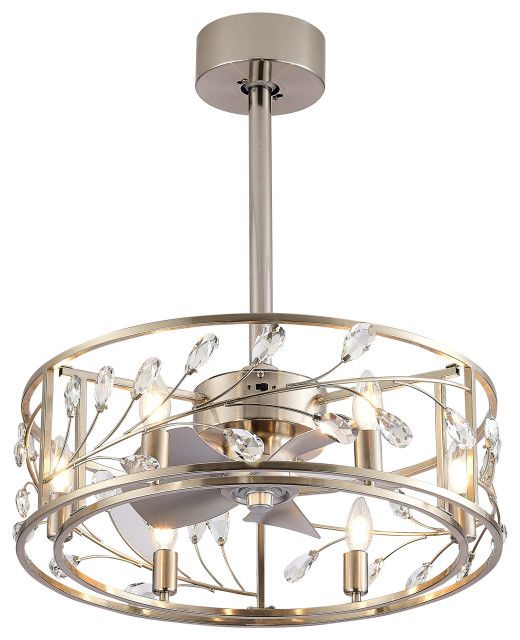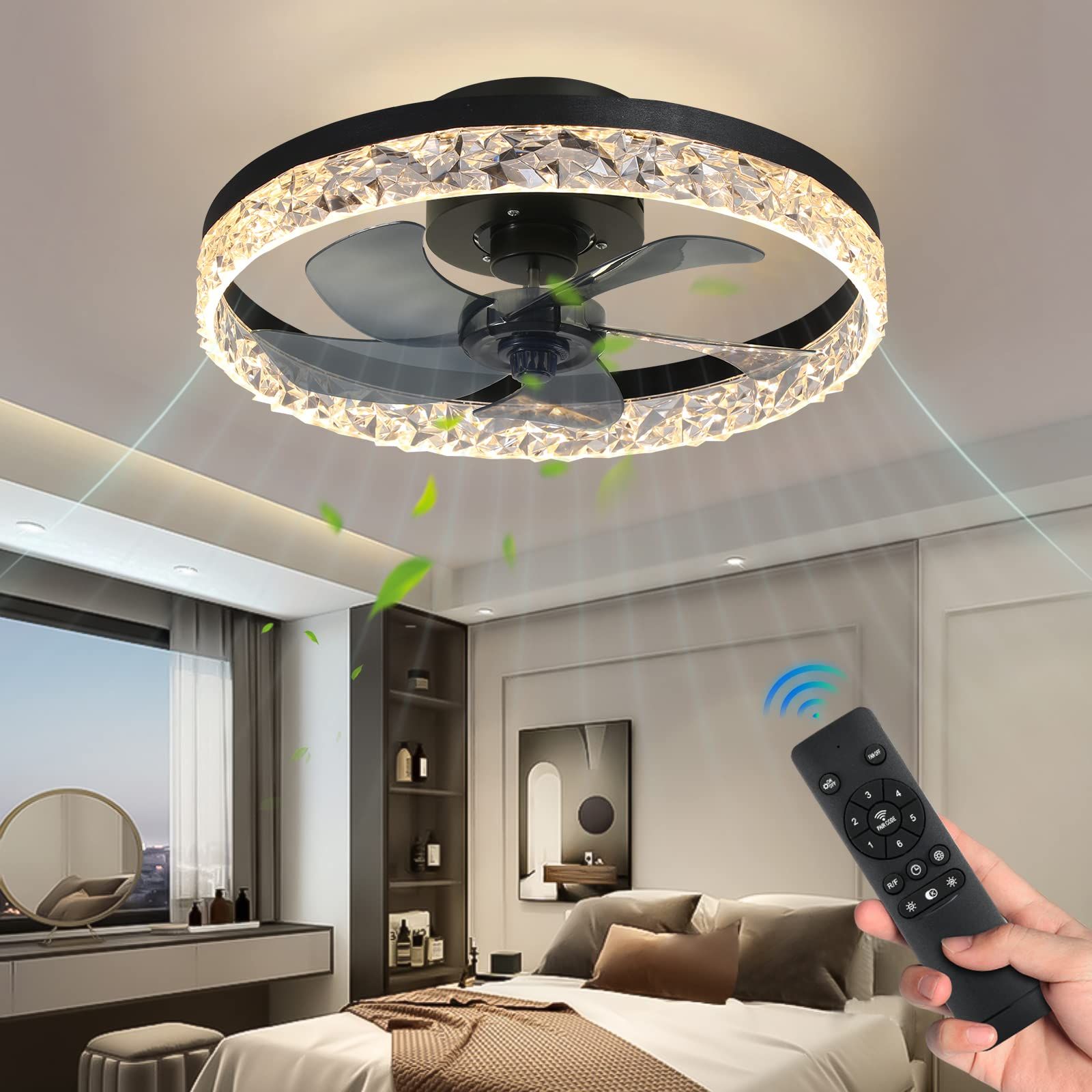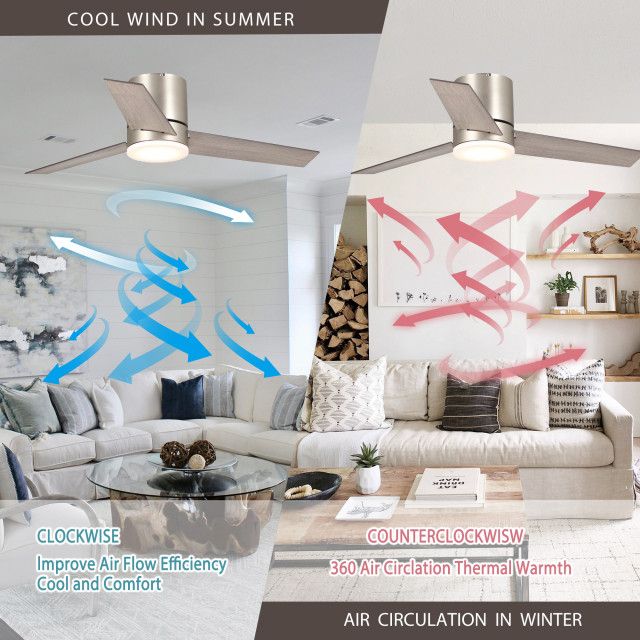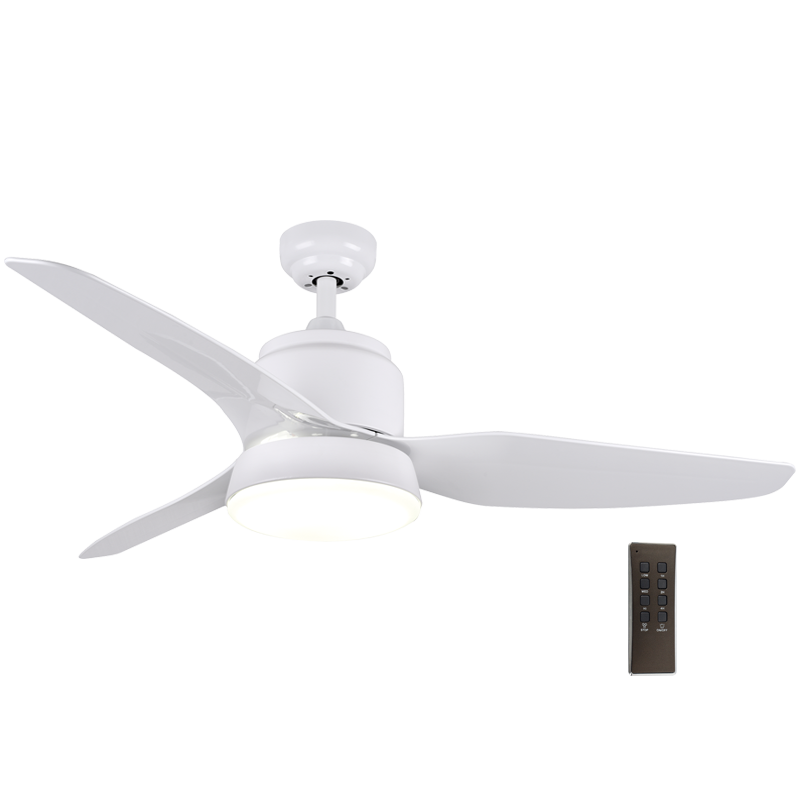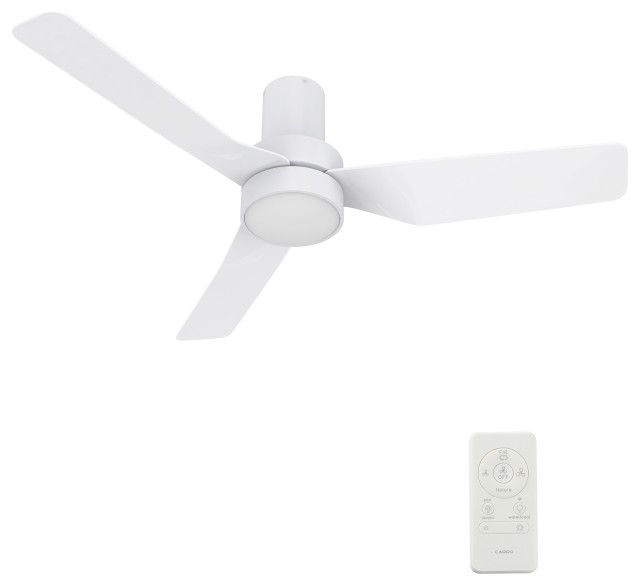Hey everyone, it’s me! I’m here to help you, as always. Today, we are diving deep into something a lot of us deal with: ceiling fan problems. Specifically, we’re talking about the Willacy DC motor ceiling fan. These fans are great; they’re energy-efficient, usually pretty quiet, and they look fantastic in a lot of homes. But, like any piece of equipment, they can sometimes give us a headache. Don’t worry, though. I’m going to walk you through the most common issues you might encounter, and how to solve them without having to call in a pro. I’ll break it down in a way that’s easy to follow, even if you’re not a tech whiz. Let’s get started, shall we?
So, you’ve got a Willacy DC motor ceiling fan. Great choice! You’re probably enjoying the benefits of a more energy-efficient and quieter fan. But what do you do when it stops working quite right? Maybe the fan isn’t spinning, it’s making a weird noise, or the remote control isn’t responding. Don’t panic! Most problems are fixable with a little bit of know-how. This guide is your go-to resource for troubleshooting those common issues. We’ll cover everything from simple fixes to more in-depth diagnostics. I’ll share my experiences, and some helpful tips I’ve learned over the years. Let’s get your fan back in tip-top shape, and make sure you stay comfortable!
Fan Won’t Turn On: Power Supply Problems
This is probably the most common issue. The fan won’t start, and you’re left sweltering. The first thing to check? Obvious, but important: Is the power on?
- Check the Wall Switch: Make sure the wall switch controlling the fan is flipped on. Sounds dumb, but it’s the most common culprit. I’ve done it myself more times than I’d like to admit.
- Test the Breaker: Go to your electrical panel (the breaker box). See if the breaker for the fan has tripped. If it has, reset it. If it trips again immediately, there might be a short circuit, and you’ll want to call an electrician.
- Outlet Check: If your fan plugs into an outlet, make sure the outlet is working. Try plugging something else in (like a lamp) to see if it gets power.
- Wiring Inspection: If none of the above is the issue, you might need to take a closer look at the fan’s wiring. Important:Always turn off the power at the breaker before working with electrical wires. Check the connections in the fan’s housing for loose wires. Tighten them if needed, but if you’re not comfortable, or you’re unsure about anything, call a qualified electrician. Safety first, always!
The Remote Control Isn’t Working
The remote is a lifesaver, but when it stops working, it’s frustrating. Here’s how to fix it:
- Batteries, Batteries, Batteries: The most common problem. Replace the batteries in the remote. Use fresh, high-quality batteries.
- Pairing Issues: Sometimes, the remote and the fan lose their connection. You’ll need to re-pair them. The instructions for this should be in your fan’s manual. It usually involves turning the fan off, then on, and quickly pressing a pairing button on the remote. Every fan is a bit different, so check the manual.
- Obstructions: Make sure there are no objects blocking the signal between the remote and the receiver in the fan. This includes things like furniture or even a thick layer of dust.
- Receiver Problems: The receiver is inside the fan housing. If the remote is working, and you’ve already tried everything else, the receiver might be faulty. This is a bit more complex to diagnose. You might want to consult a professional at this point.
Fan is Making Noise (Rattling, Clicking, Humming)
Noisy fans are annoying. Here’s how to quiet them down:
- Blade Balance: The most common cause of noise. Use the balancing kit that came with your fan. If you don’t have it, you can buy one at most hardware stores. Follow the instructions in the kit. Usually, you attach small weights to the fan blades until the noise disappears.
- Loose Screws: Check all the screws on the fan – especially the ones holding the blades, the motor housing, and the light kit (if your fan has one). Tighten any loose screws. Vibrations can loosen these over time, and cause rattling.
- Blade Alignment: Make sure all the fan blades are aligned correctly. Sometimes, they can get slightly bent or misaligned. Check that they are all the same distance from the ceiling, and that they are level with each other.
- Motor Issues: In rare cases, the motor itself might be the problem. If the noise is a persistent hum or grinding sound, and you’ve checked everything else, the motor might be failing. This usually requires replacing the fan.
Fan Speed Issues: Not Spinning Fast Enough, or Only at One Speed
If your fan isn’t performing as expected, here’s what to do:
- Speed Settings: Make sure you’re selecting the correct speed setting on the remote or wall control. Sometimes, it’s as simple as that.
- Remote Control Interference: Other remote controls (TV, other fans) might be interfering with your fan’s remote. Try changing the channel on your remote control (if it has that feature). Or, try operating your fan in a different room to see if this is the issue.
- Capacitor Problems: The capacitor is a small component that helps the motor start and run at different speeds. A faulty capacitor can cause speed issues. This is a more advanced repair, and you might need to consult a repair person.
- Motor Problems: If the fan only runs at one speed, or not at all, the motor could be the issue. This typically requires replacing the fan or the motor.
Light Kit Problems: Lights Won’t Turn On, Flickering, or Dim
If your fan has a light kit, here’s how to troubleshoot it:
- Bulb Issues: The simplest solution. Replace the light bulbs. Make sure you’re using the correct type and wattage.
- Loose Connections: Check the wiring connections in the light kit. Make sure everything is secure. Turn off the breaker before doing this, and make sure you are doing this safely.
- Dimmer Issues: If you’re using a dimmer switch, it might not be compatible with your fan’s light kit. Try using a standard on/off switch to see if that fixes the problem. Or, make sure your dimmer is compatible with the type of bulbs you are using (LED, incandescent, etc.).
- Light Kit Failure: The light kit itself might be faulty. This could be a wiring issue within the kit, or a problem with the light’s control module. A replacement might be necessary.
Fan Wobbles: The Shaky Situation
A wobbly fan is not only annoying but also a safety hazard. Here’s how to stabilize it:
- Blade Balance: Again, this is a key. Use the balancing kit to balance the blades.
- Blade Tightness: Make sure all the blades are securely attached to the motor. Tighten any loose screws.
- Downrod Tightness: Ensure the downrod (the pole connecting the fan to the ceiling) is securely attached to the fan motor and the ceiling bracket. If the downrod is loose, tighten it. Make sure the set screws are snug.
- Ceiling Bracket: Check that the ceiling bracket is securely mounted to the ceiling joist. If the bracket is loose, the fan will wobble. Tighten the screws holding the bracket to the ceiling joist. If the ceiling joist is damaged, you might need to reinforce it or move the fan to a different location.
So, there you have it. A comprehensive guide to troubleshooting common issues with your Willacy DC motor ceiling fan. Remember, most problems are straightforward to fix, but always prioritize safety. Turn off the power before working on electrical components, and if you’re not comfortable with any of the steps, call a qualified electrician. I hope this guide has been helpful and that you can keep your fan running smoothly for years to come. If you have any questions, drop them in the comments below. Stay cool, everyone!
